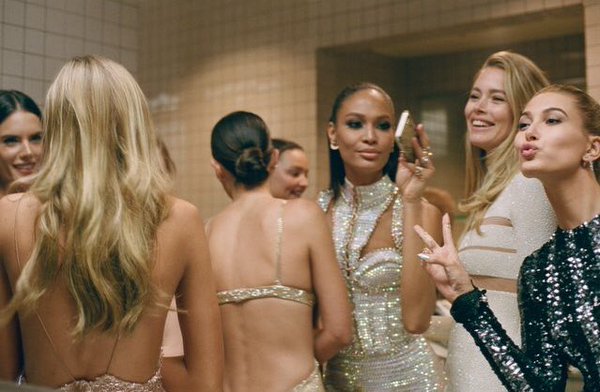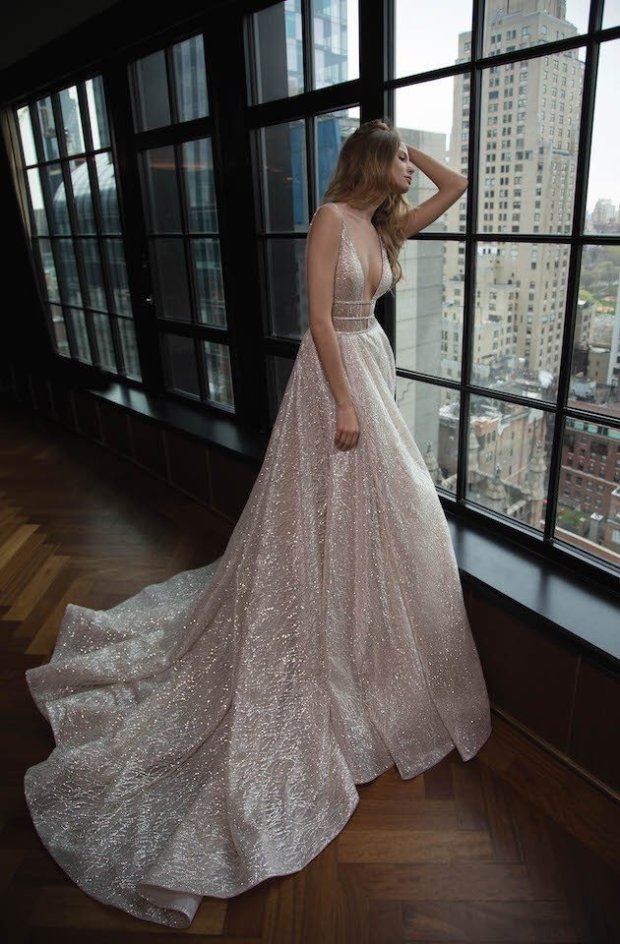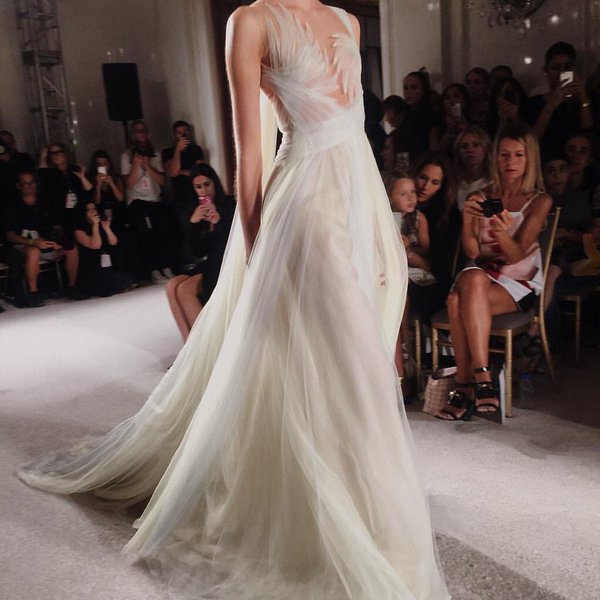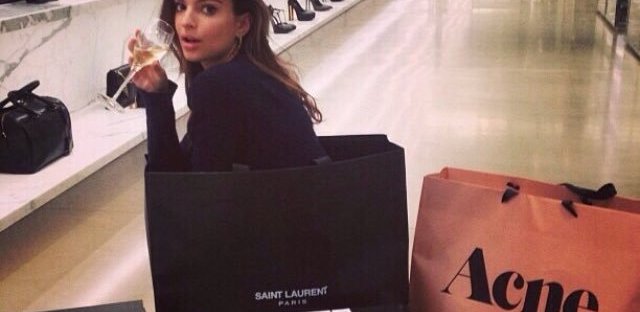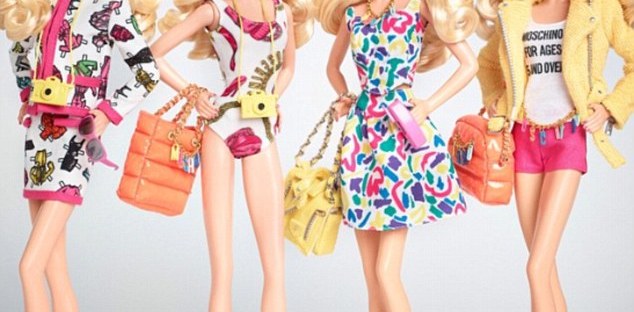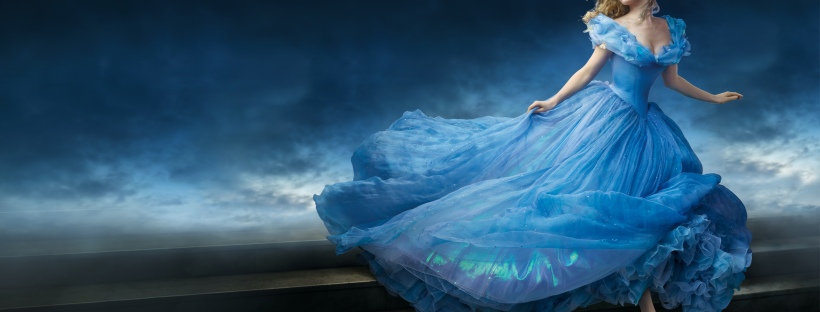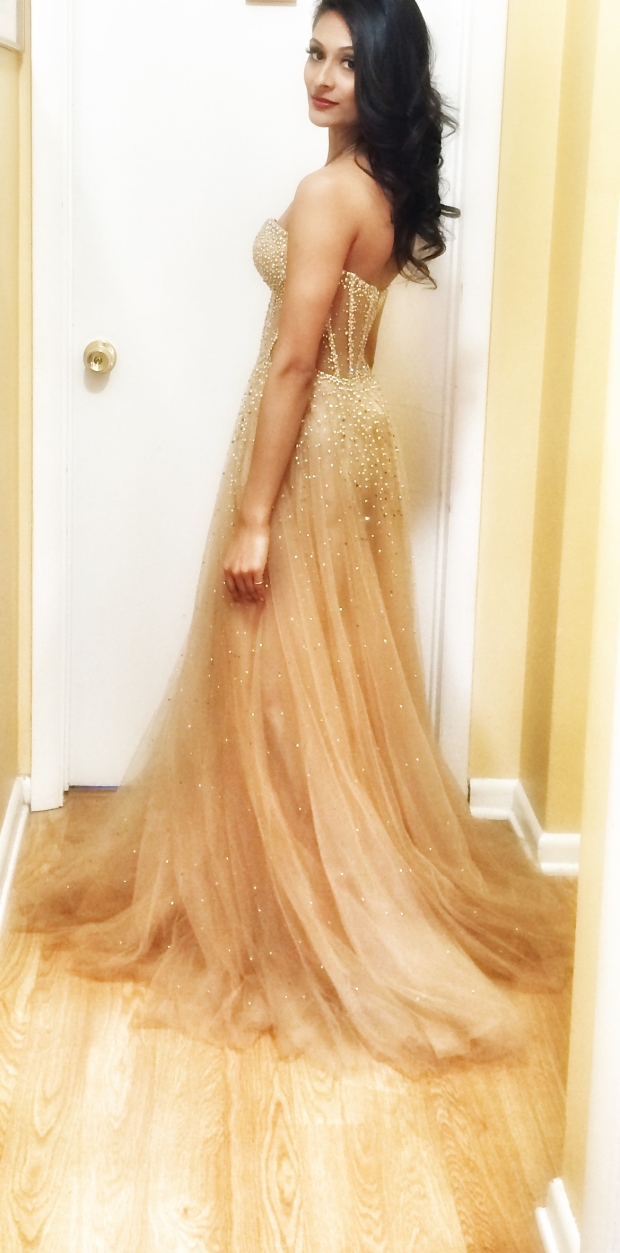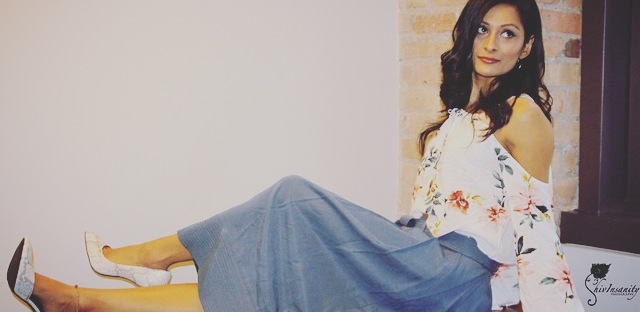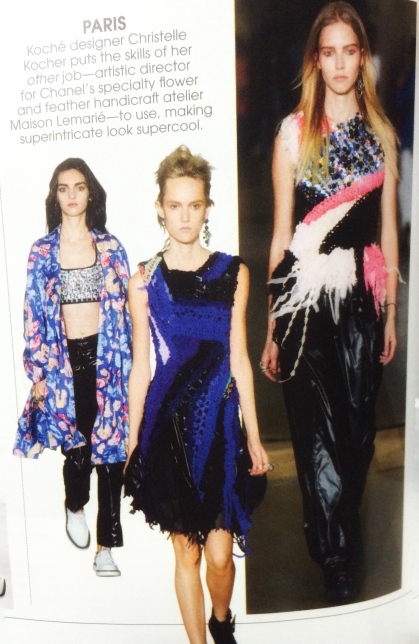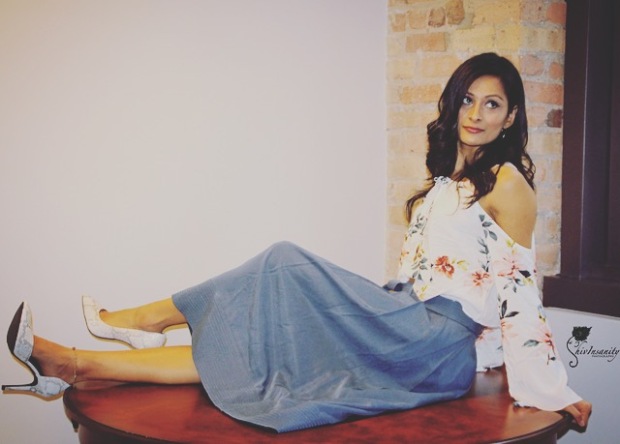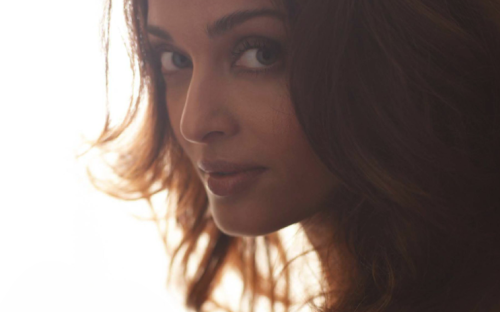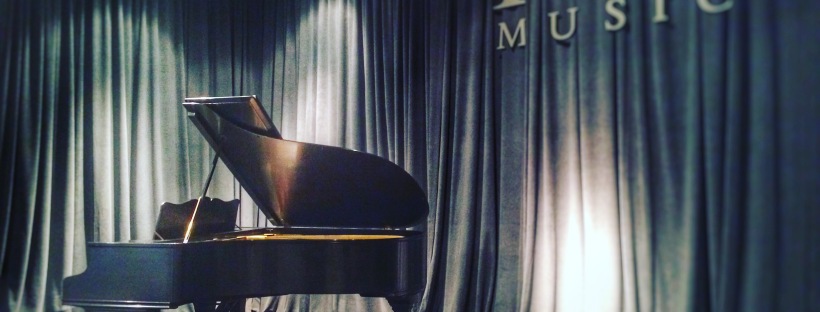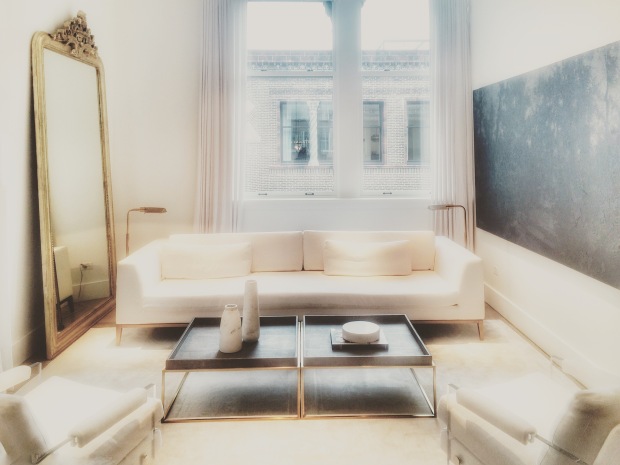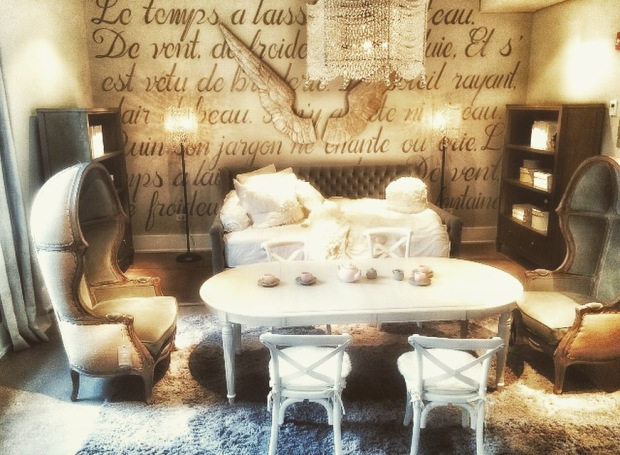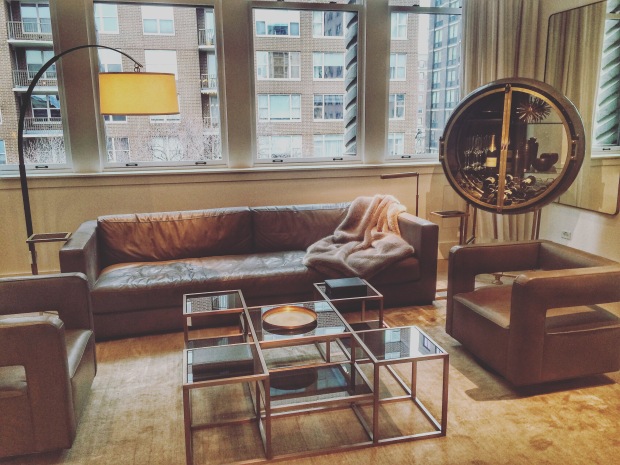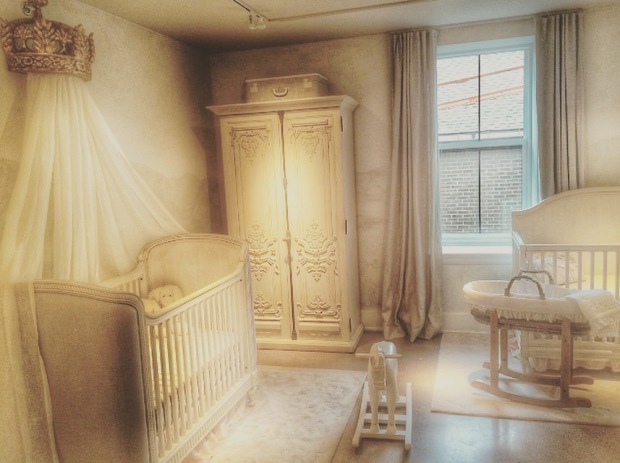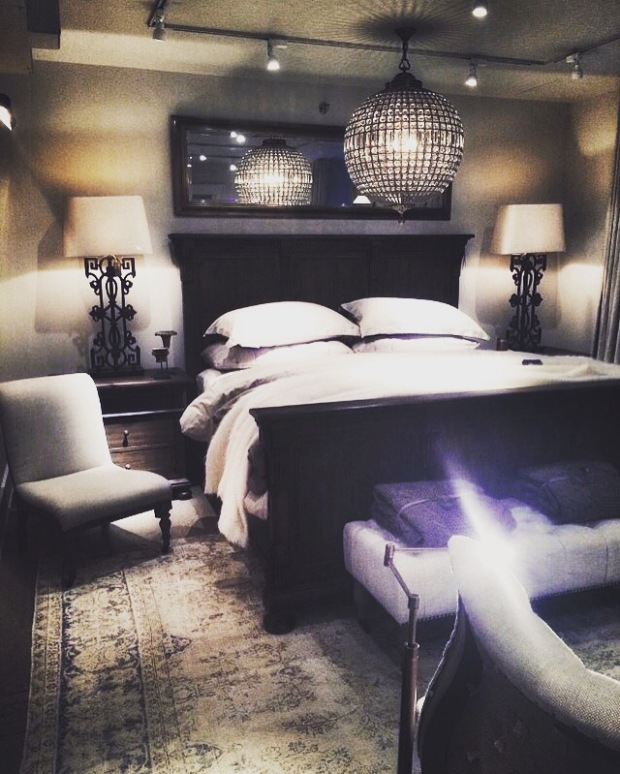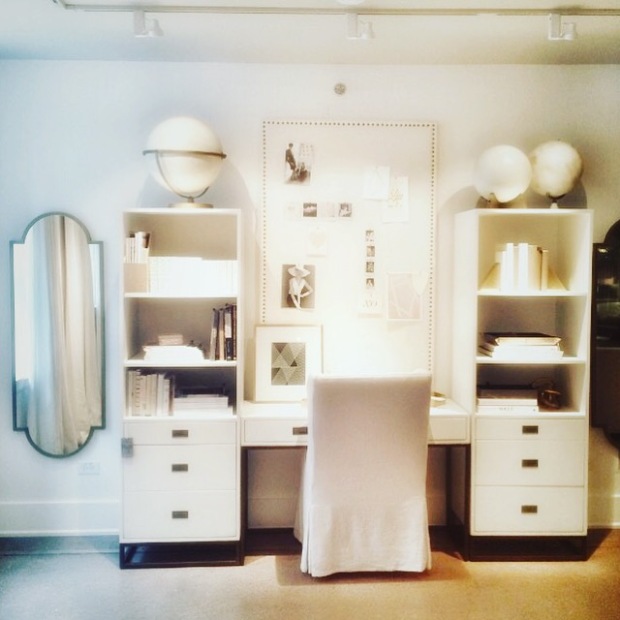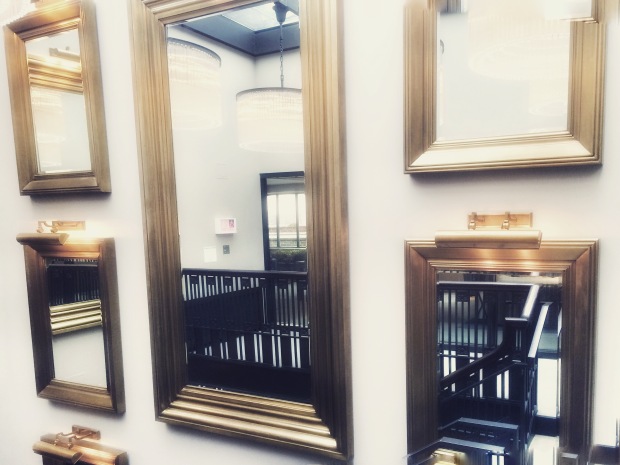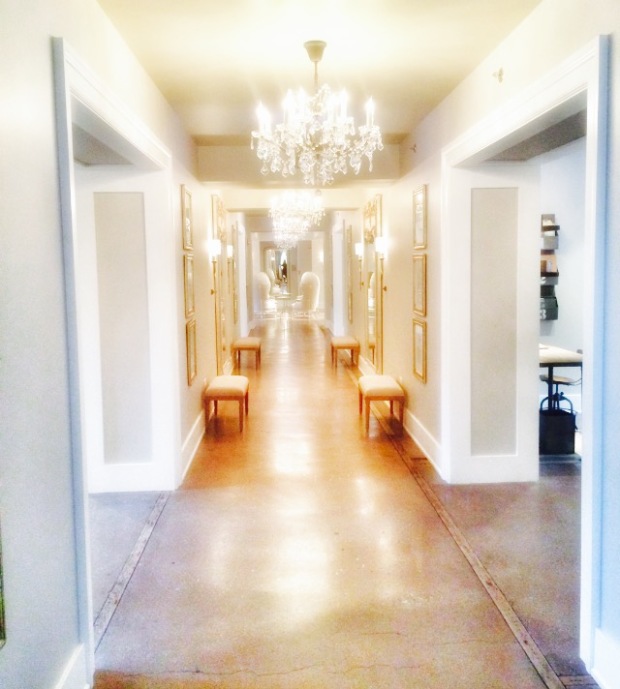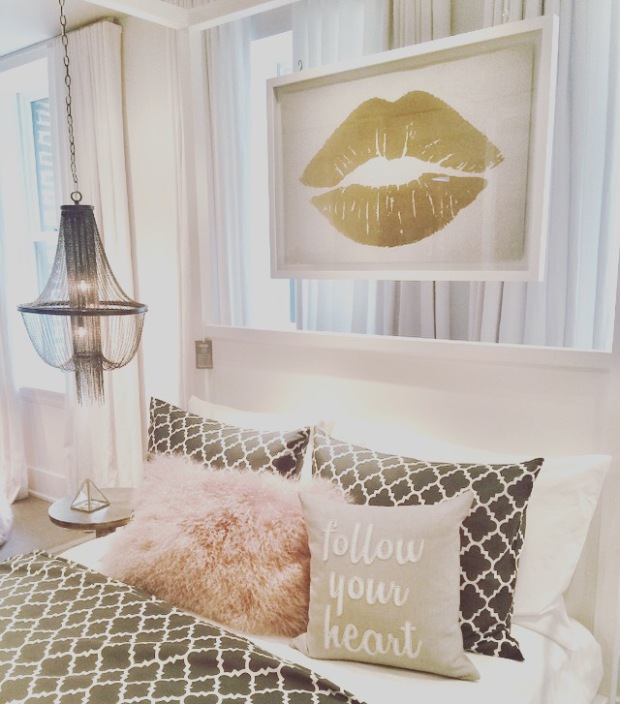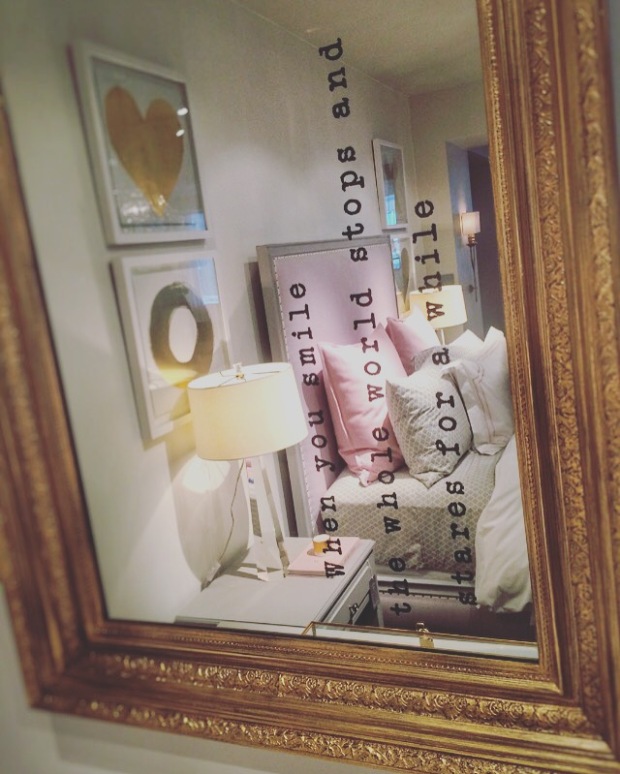Women of Essence: 9 Style Icons, Part 1
My fascination with her started at the wee age of 8. She caught my age when I saw her twirling so effortlessly in a light blue lehenga in Hum Dil De Chuke Sanam. My god, I thought as such a young age, how immensely beautiful, graceful, and traditional she is. Over the years, I’ve come to realize the clout her style and wisdom has had on my formative years. Without equivocation, I identify with her personality and her decisions. Maybe, it’s because like her, I am a fellow scorpio and we react so in sync with our sign. But over the years, I’ve noticed that her philosophy on life , how she handles unpleasant circumstances with so much grace, and her ability to let go is not only admirable, but also examples I’ve turned to when I needed guidance. Her fashion choices underwent flak, but her legacy is forever in style. Here are her 15 best looks and messages to live by:
1.“I am particular about everything I do. I do not wish to be defined in any particular way. Versatility is the key.”
Throughout her career, there has never been one single incident or character that identifies her. Her allure is in her ability to take risks and be different. Originality and uniqueness is always appreciated and she always brought that to the table.It’s the notion that one is capable of wearing many hats and being a jack of all trades. Even if you look at her style statement, it has always been eclectic—a hint of western, dash of European, some street style and casual comfort, but never discounting the richness of Indian culture.
2. “The more you achieve in life, the more susceptible you are to the vagaries of life. But the challenge lies in not letting it all affect you. If you allow the pressures to pull you down, you won’t be able to forge ahead in life. You’ve got to take the highs and lows in your stride.”
For as long as I could remember, strong women are quickly categorized as shrewd and manipulative. And having a soft heart in a cruel world doesn’t make one weak, but brave. However, sensitive and soft people tend be quickly affected by what others say about them, especially to unwarranted, mean-spirited criticism. Her personal life made her an easy target and received unnecessary brickbats, but I’ve always noticed that priorities never shifted. When a woman sets out to build an empire and a legacy, there is no hindering her ambition, her focus, and her will. The denigration is a merely a small cost.
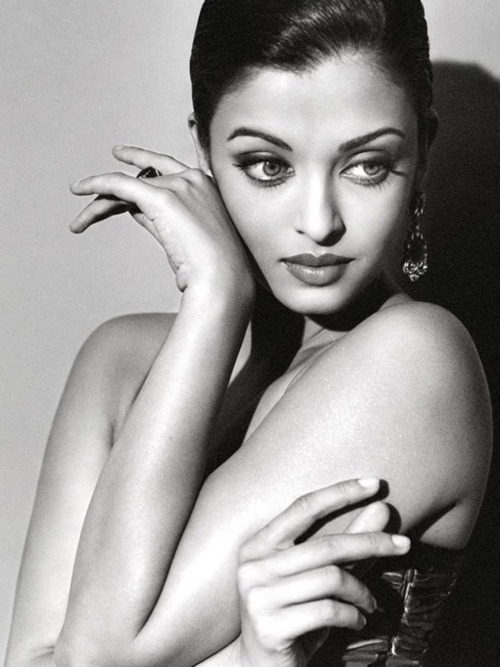
3.“I’m a mix of a tomboy and a woman. And I like it that way.”
Again, I’ve always admired that she’s a woman not afraid to wear different labels. Not designer labels—but social labels. As a pageant winner, there is a different aura she must always represent, but has the ability to be unapologetic about her identity and roots. It’s often hard to find one particular label that society tends to predetermine and thrust upon us. And it helps knowing that there are successful people that choose not to be defined by stereotypes.
4. “It’s nice to be important, but it’s more important to be nice.”
She has taught me that humility, generosity, and compassion for others makes you even more beautiful. The elegance and grace of a real woman lies in her heart and her desire to stay grounded. Despite all of her fame, connection, and the stature of her name, there is realness to her. She is not caged in by materialist treasures or sunken with pride.
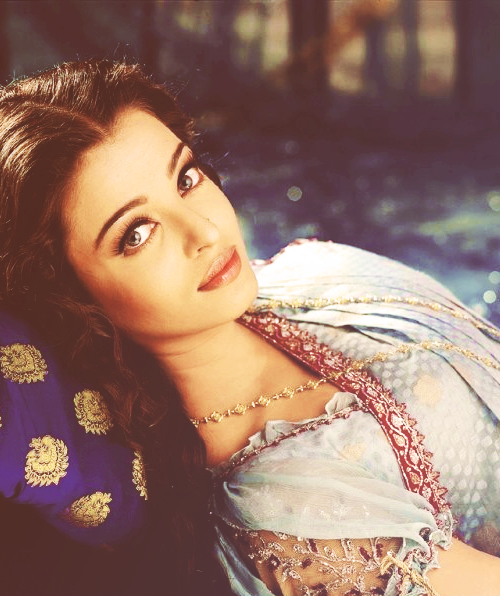
5. “Elegance is innate…individual…eternal…it stands the test of time!”
Real style, the kind Tom Ford invents and Coco Chanel popularized is elegance. The key to elegance is simplicity. Basically, whatever comes from within and reflects the true nature of the self. Which is probably why despite some unfashionable sartorial choices, she is still just as relevant as she was 20 years ago. That is probably people always say that she doesn’t wear the clothes, but the clothes wear her. It is also why her name is a brand. When you hear, you know you’re about to experience elegance, grace, and unadulterated simplicity.
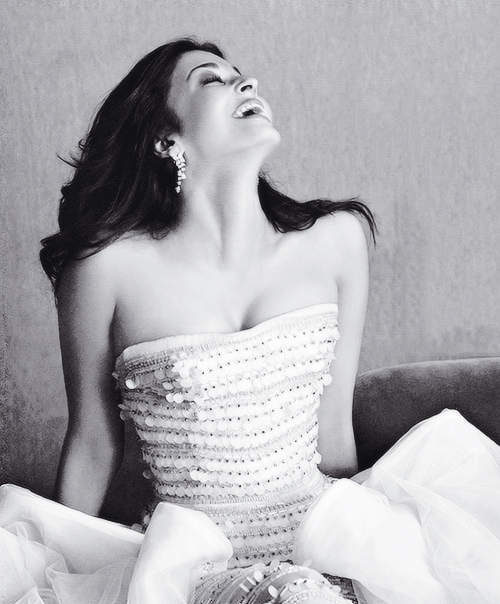
6. “I would say, the quality to speak volumes without really being that verbose – innate strength and silent conviction.”
The best kind of rebuttal is silence. As someone once said, “Never argue with stupid people, they will drag you down to their level and then beat you with experience.” I’ve learned this from her at many times that it is so easy to vent out frustrations, but it takes far more strength to hold onto your dignity.
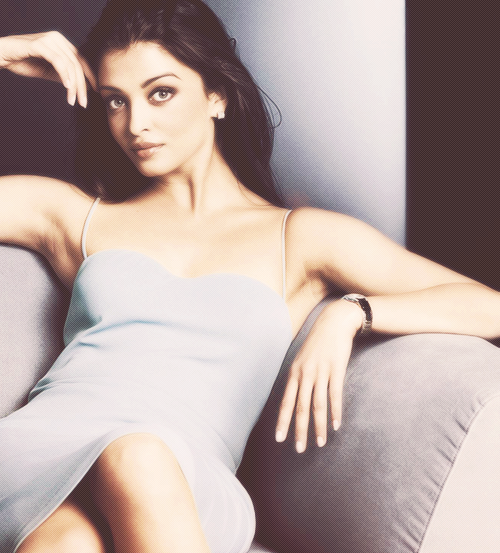
7. “When you go through a lot, it’s very easy to sink. Staying afloat can be very tough. At that point, which straws you grab at is what defines your next moment. And there are some very easy straws to help you escape life. The tough part is to stay attuned to reality.”
The strange part of life is that there are very few moments that define us. She picked the right straws at the right time. When she abused, she walked away; when they tried to ignore and humiliate her, she became even more successful and without demeaning her enemies in the process. The lows are just as significant as the highs, but you have to keep things light and not forget where you come from and who you are. The kind of person you are at your lowest and darkest expresses the realness and constancy of your character.
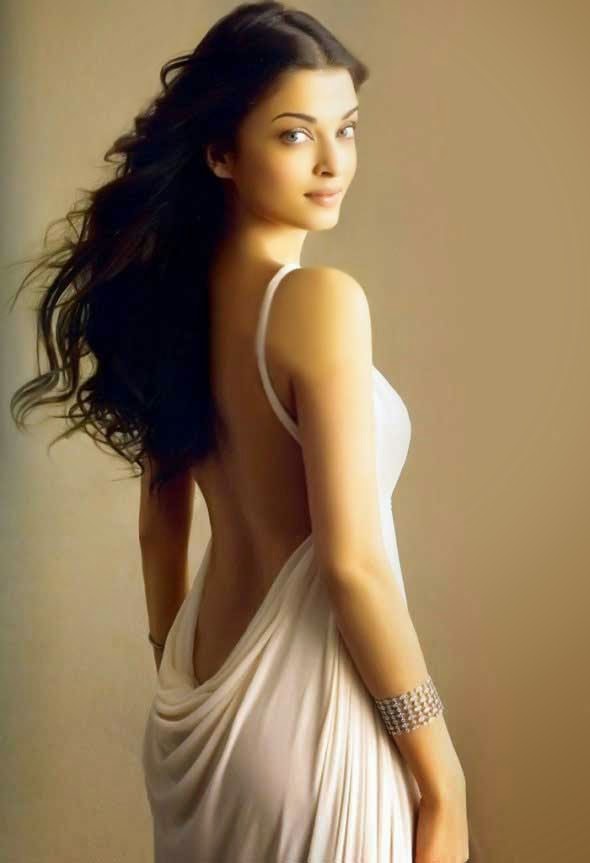
8.“I’ve always said that haters are a drop in the ocean. There’s that much more love. Any kind of negativity in any case just doesn’t stick, it drops off and it doesn’t matter.”
This is so relevant, especially in a society obsessed with certain beauty ideals. I remember the fashion critics tore her apart when she gained weight post-pregnancy. It was disingenuous, but hurled at her because her beauty is immensely popular. It does feel unwarranted since she has never been one to preach fitness or impose unrealistic beauty standards. Her go to mantra has always been to feel comfortable in your skin and embrace all shapes, sizes, and colors. It seems though that there will always be a few people that are extremely insecure or judgmental ready to animadvert every flaw. What these folks don’t comprehend is that every flaw adds to beauty. I’ve learned that the naysayers are far and few and unworthy of attention.
9.“Someone asked me why I’m politically correct, even when people hit out so openly at me. But the truth is, I’ve never been brought up to behave any other way. I can’t say anything hurtful about anyone. I just don’t believe in saying mean things. I won’t feel good doing that. It’s strange why being well behaved is perceived as being too “propah” and staid. This is the way I am. I’m amazed how many people feel good hitting out at me. They’re welcome to do it.”
It’s strange how society praises bluntness and honesty to that point where it crosses the boundaries of arrogance and rudeness. But we as human beings forget that every soul deserves respect. It’s petty to criticize, judge, gossip, and make someone feel small and insignificant. But in the process of being polite people like her are often called fake and pretentious. Since when did it become in style to lower another’s esteem by uninhibited frankness?
10.“I don’t believe in proving a point to anybody. Nobody is that important.”
Maybe it’s the Parisian in her or maybe she’s born with it. But I’ve always admired women that have a “frankly don’t give a damn” attitude. You don’t owe anyone anything. They are not entitled to you and they certainly are not that special that you should fret over their opinions. You should not feel your value teetered by trifling white noise.
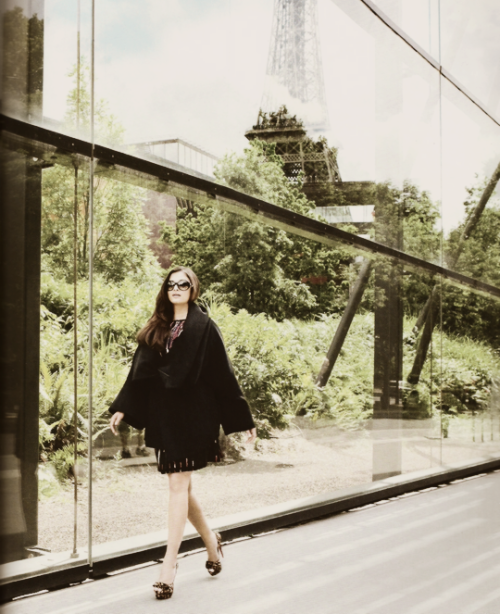
11.“I’m not a tease. I don’t go around fluttering my eyelashes and wrapping men around my little finger.”
Being a girl next door is wholesome. Being honest and offering someone modesty and humbleness is far more admirable. She has at one point been every man’s dream because she’s unattainable pureness—however not an object by any means. Her appeal lies in her virtue and ferocity towards life and love. Teases are indulgences for a fortnight or two, but the authentic ones are for keeps.
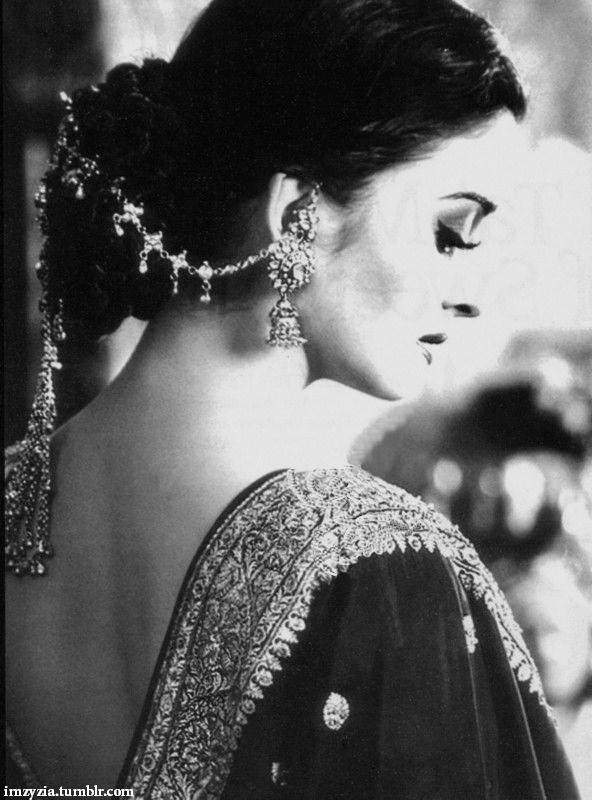
12.“I’ve been excited, honest, earnest, enthusiastic about whatever course my life has taken, but never anxious about the results. Because when you’ve given your best, you don’t need to bother.”
When you pour all of life and soul into something, the universe has a way of rewarding you. But sometimes things do fall apart in order for even better things to fall into place. Her life may seem like a cake walk from very distant perspective. But she created her own niche without nepotism and being a complete outsider. She didn’t stress about the glass ceiling or the heart breaks, she held her head in the clouds, worked really hard, and soared all the way to the top.
13.“I’d rather be mysterious.”
Relevance pertains to those that engage in transformative processes and have an aura of mystery. Like old school Hollywood starlets, there is so much about her that people don’t know, which is one of her biggest appeals. She doesn’t share everything. It doesn’t have to do with fear or vulnerability, but it’s good to have some secrets and parts of you that only a select few are privy too. That mystery should be a privilege to confidantes and camaraderie.
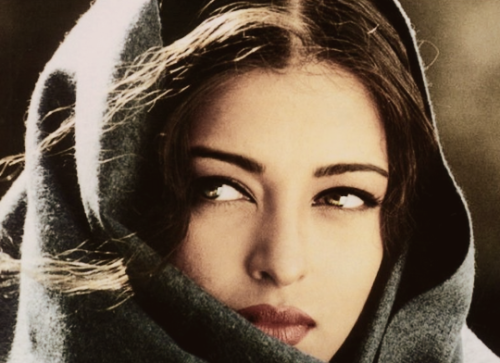
14.“My biggest concern is always the students who are working toward a certain career–when they limit themselves to just that one option. They need to know that the world is huge–it’s an ocean, and there are so many options. It’s not the end of the world if they don’t get to pursue an apparent childhood dream. They feel so defeated, which is very disheartening. It’s sad to know that people let themselves be limited by these aspirations.”
Failure is exhausting. Everyone goes through it and either you let halt you or use it as a catalyst for profound reinvention. She once mentioned in an interview that she wanted to pursue medicine or zoology, but it was difficult for her. Before she was famous, she auditioned for some show and was rejected. Despite everything, there are going to come times when you fail. It’s a natural process, but you don’t let that moment anchor your sail. The sea is boundless—and life is filled with so many opportunities.
15.“The more you are blessed with experience, the fuller and the more enriched you are in your craft.”
The end all message: seize the moment. The more you live, travel, observe, and simply melt into experiences, the richer you become. You gain a sense of purpose, learn about new cultures and styles and art, and engage in conversations with different worldviews. And this changes your perspective on not only the world, but yourself. This brings it back to the beginning when I used the world versatility to describe her style. She’s a captain of many ships, someone that loves and lives in the moment, learns and expects things at face value, and doesn’t let people pigeonhole her. When you’re versatile, you take on many roles and many challenges and define yourself through many angles. And years from now when people look back at her vintage style, attitude, and look book—they’ll know she was always in vogue because she painted her legacy with colors of raw magnetism, dignity, simplicity, grace, and wisdom.
